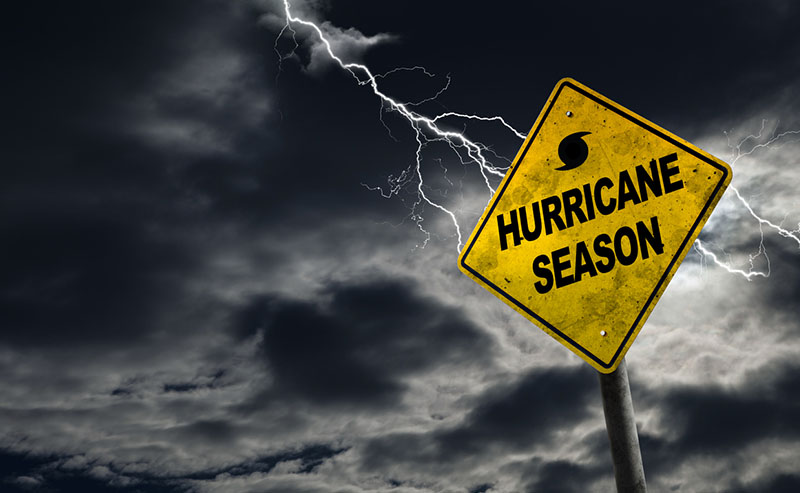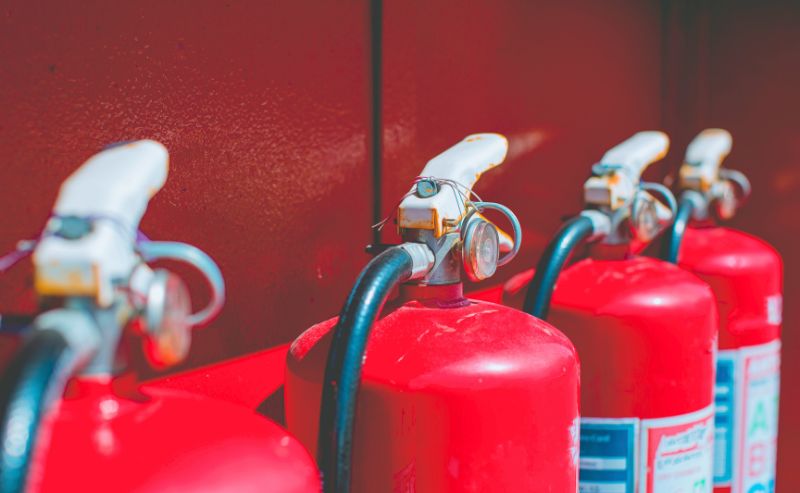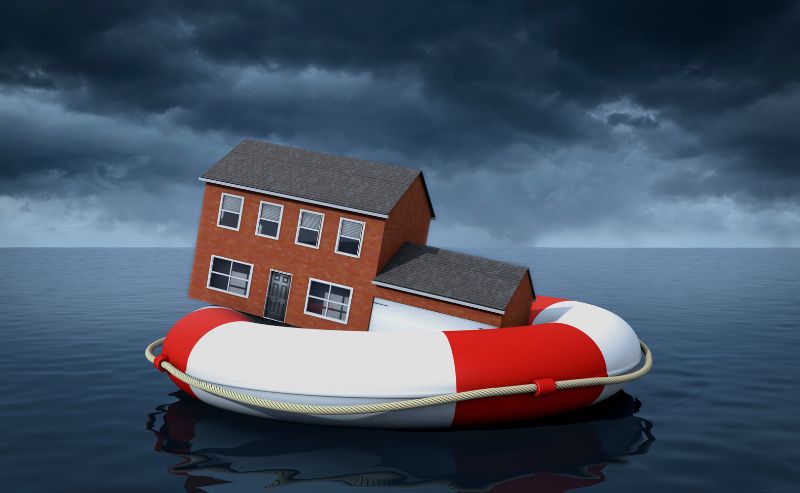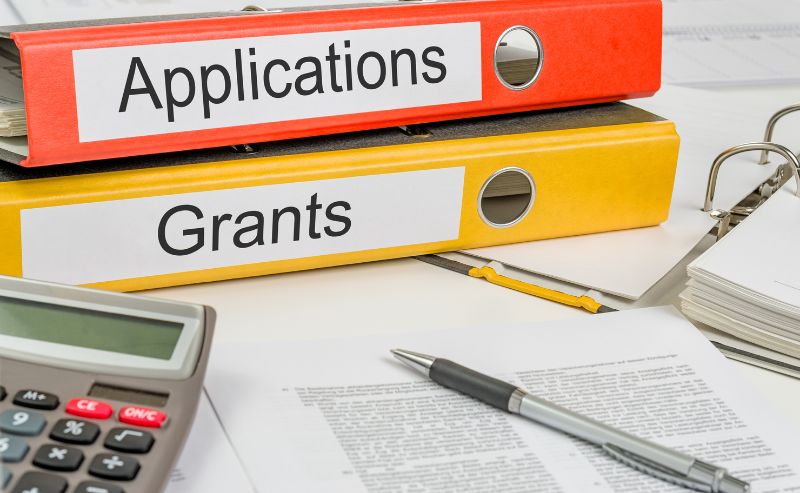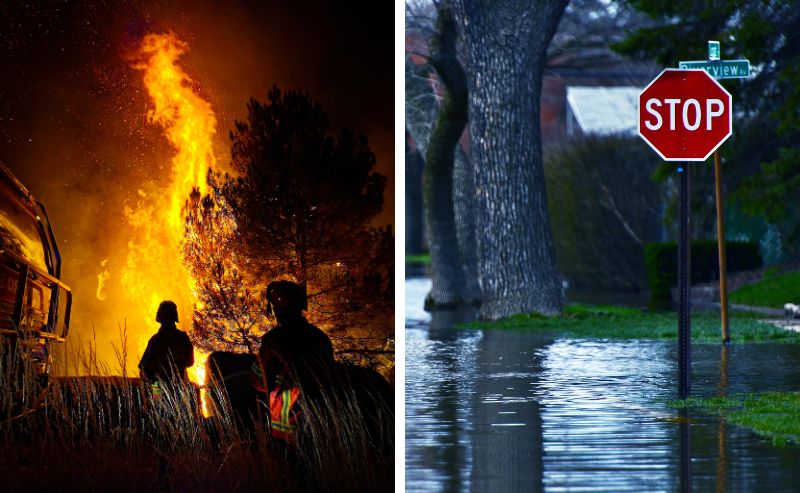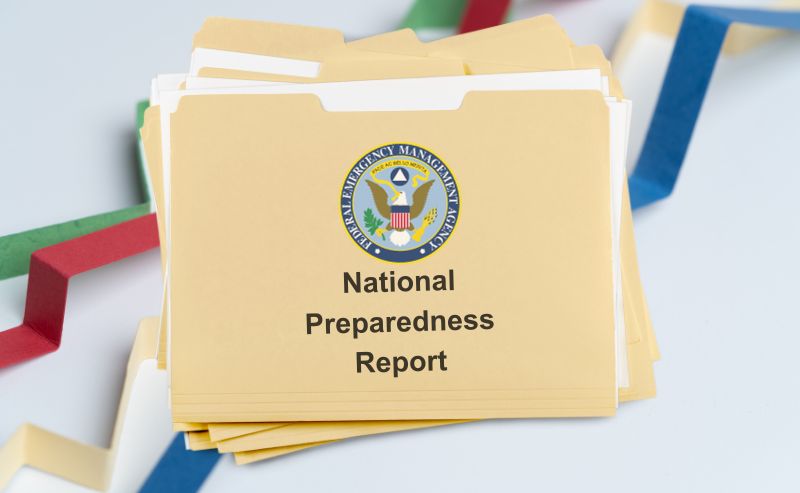We’re now about six weeks into this year’s Atlantic Hurricane Season—it started June 1st—and so far, so good. The National Hurricane Center is reporting near normal activity, and Hurricane Chris, which is now churning off the Carolina coast, is unlikely to make landfall in the U.S. But that doesn’t mean you should let your guard down or not know the potential risks associated with tropical weather events. It means just the opposite. You should take this time to improve preparedness and fully understand the hazards (and protective measures) identified within your local mitigation plan.
A mitigation plan, as explained by FEMA, can “provide an idea of what is most at risk in a natural disaster, and indicate what can be done to reduce or prevent losses of life and property.” It also outlines long-term strategies communities can do to increase their overall resilience. And, if current (plans expire every five years), it can make state, tribal and local governments eligible to receive certain types of non-emergency disaster assistance to support mitigation projects, including safe rooms, levees, sirens, emergency notification systems, etc.
As brutal as the 2017 Atlantic Hurricane Season was, with its 17 named storms, ten hurricanes and six major (Category 3 or stronger) ones, it did create opportunity for communities to bolster their emergency preparedness for seasons to come. And, even though weather experts cannot seem to agree on their predictions for the remainder of this year’s Atlantic Hurricane Season, it is best to err on the side of caution. This requires thinking worst-case scenario.
Why? Even a normal hurricane season, as explained by the National Oceanic and Atmospheric Association (NOAA), means we can expect 12 named storms, of which six will become hurricanes. Three of those hurricanes will be ranked as major on the Saffir-Simpson scale, packing of winds of 111 mph or higher. Just when and where these potentially devastating hurricanes will hit, no one knows.
What we do know, however, is that the Atlantic Hurricane Season doesn’t peak until early September. And, it doesn’t end until November 1, 2018. Take this time to review the contents of your local mitigation plan. And, just as important, get involved the next time it’s being updated. Your input may prove invaluable as your local community works to minimize future losses from natural disasters.
Not sure where to find a copy of your local hazard mitigation plan? Simply contact your local or tribal government office, or reach out to your State Hazard Mitigation Officer, and they’ll point you in the right direction.
Need help writing or updating your own jurisdiction’s hazard mitigation plan? Look no further than BOLDplanning. BOLDplanning has been a leader in mitigation planning since the enactment of the Disaster Mitigation Act of 2000 (DMA2000). Our team possesses years of practical experience having led hundreds of jurisdictions through the plan development and FEMA review process. Just call 615.469.5558 or email info@BOLDplanning.com to learn more now.

